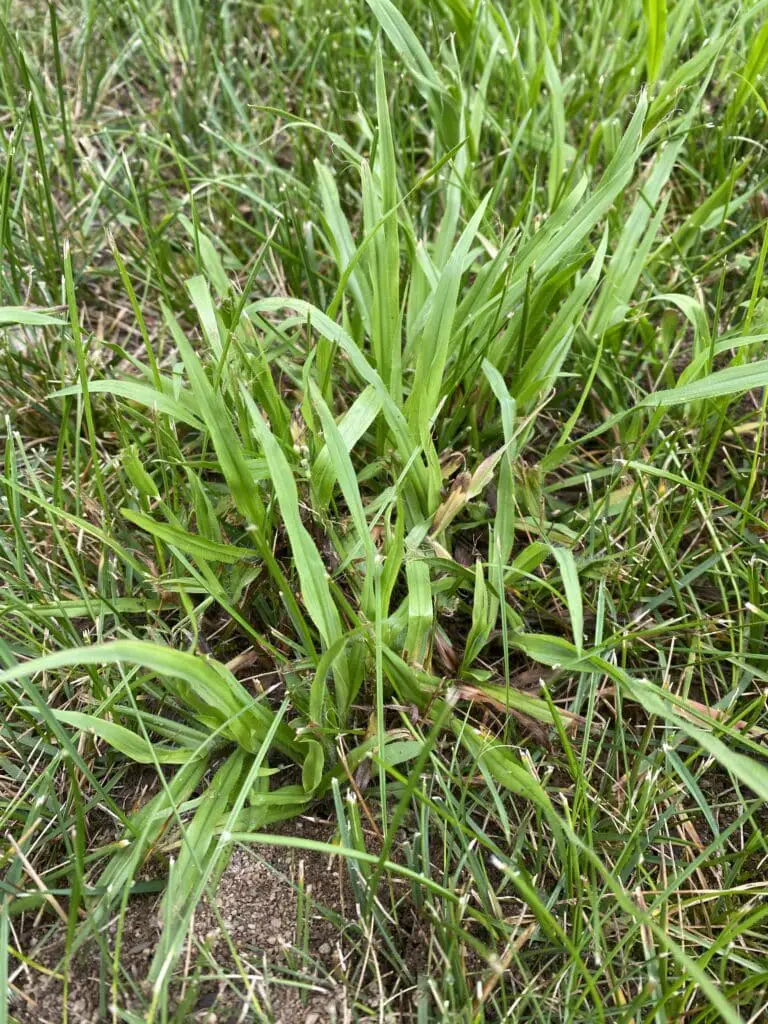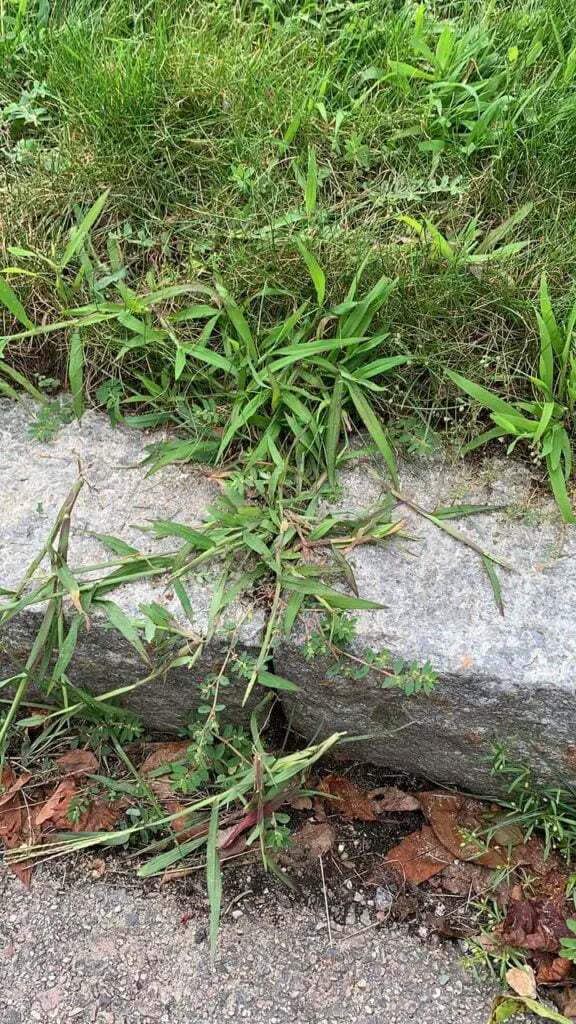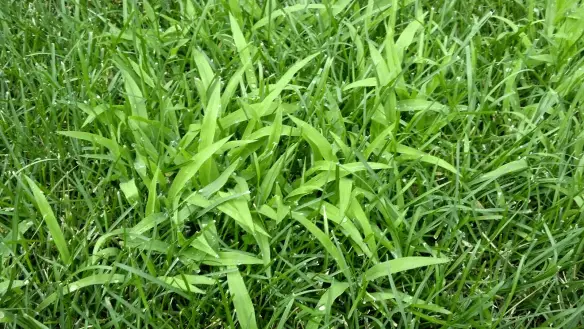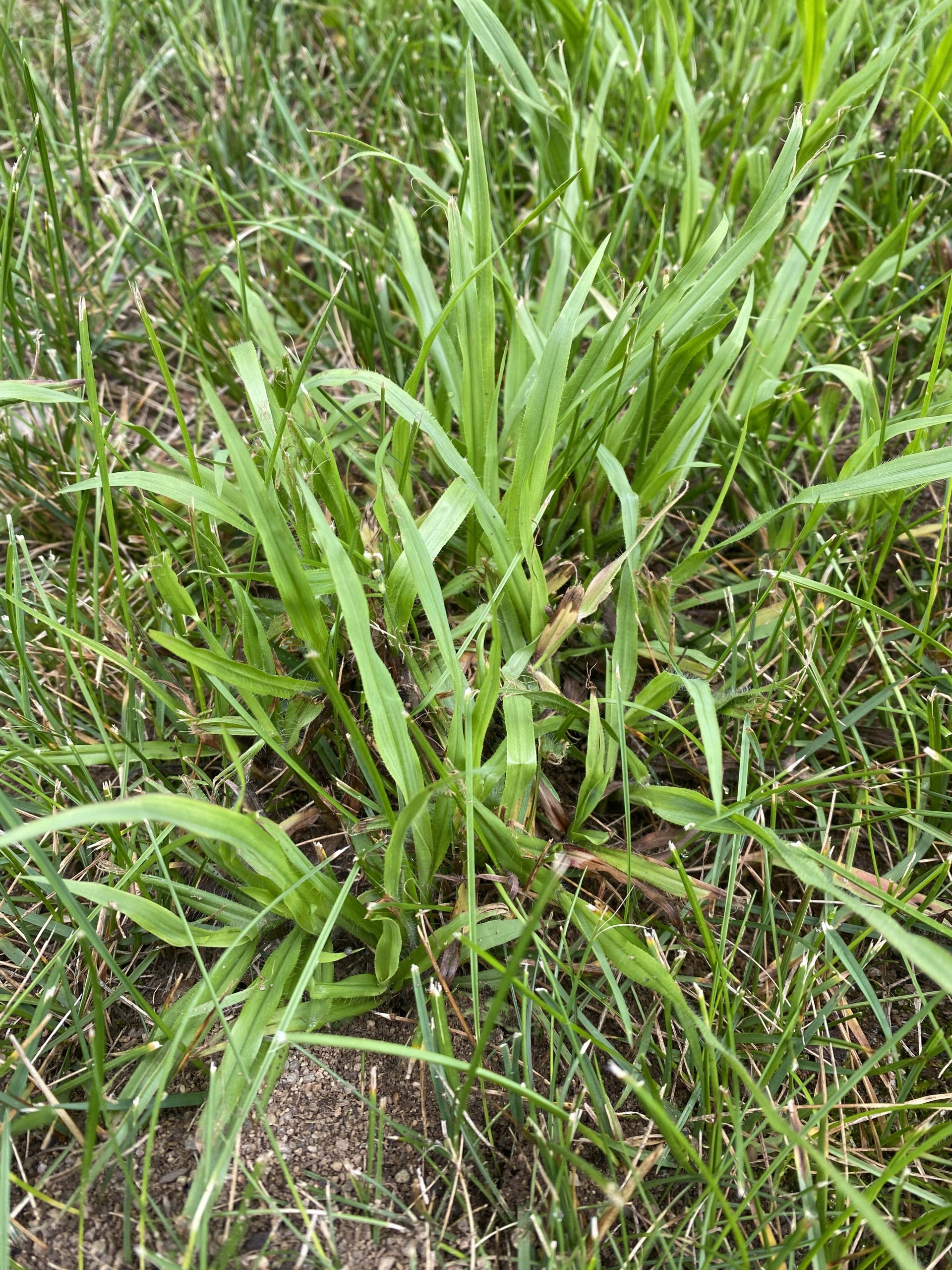Difficult to control, both crabgrass and dallisgrass are grassy weeds that can be difficult to identify and manage. Once they invade your healthy lawn, either grassy weed may prove tenacious and tough to eradicate. Although both crabgrass and dallisgrass are similar in appearance in many respects, they are quite different from one another too. The key difference is that crabgrass is an annual weed and dallisgrass is a perennial grass. Knowing how to distinguish between these two grassy weeds will help you to employ the best weed control solutions.
Table of Contents
Crabgrass vs Dallisgrass: The Key Differences
Aside from crabgrass being an annual plant and dallisgrass being a perennial plant, there are other key differences between the two that can help you properly identify them in order to employ the best weed control measures and keep your lawn healthy. Each year, dallisgrass returns from its root system, while crabgrass grows new from seed. Additionally, crabgrass grows by a branching habit. Dallisgrass grows in a clump that increases in diameter as the weed spreads. Perhaps the most distinguishing difference between the two weeds is that dallisgrass has large seed heads, and crabgrass has smaller seed heads that are finer in texture.
Dallisgrass Identification Overview
Paspalum dilitatum is one of the more tenacious lawn weeds property owners battle in their landscapes today. A pernicious weed, dallisweed can quickly grow out of control to overtake a healthy lawn. Hailing from Uraguay and Argentina, dallisgrass is especially problematic for warm-season grasses as it enjoys the same climate and many similar growing features. Dallisgrass is a perennial grass that grows in a thick clump via its rhizomes that are apt to grow out of control when the soil is moist.
Dallisgrass grows in a thick mat that increases in diameter as the grass spreads by its underground root system. Dallisgrass can also spread by seed. Dallisgrass seed heads are generally easy to identify. Dallisgrass features coarse gray-green leaves and a flowering stalk that ranges in color from green to purple. Dallisgrass seed heads produce large quantities of seed that are egg-shaped and flat in appearance. Although this weed typically spreads via its rhizomes, it can also spread effectively by seed, so it’s important to fill in any bare patches of lawn quickly before lawn weeds like dallisgrass crabgrass can move in.



How to Get Rid of Dallisgrass
Although dallisgrass is notoriously difficult to eradicate from lawns and landscapes, it can be controlled with both pre-emergent herbicides and post-emergent herbicides. However, some garden experts say pre-emergent herbicides are less effective at preventing this weed from growing. By employing both pre- and post-emergent herbicides, you can more effectively stop the weed, especially with other control and prevention measures.
Maintaining a healthy lawn with optimum irrigation and mowing routines is ideal for preventing an invasion of dallisgrass. Be sure to fill bare lawn spots with sod or grass seed before grassy seeds like dallisgrass crabgrass can move in.
Crabgrass Identification Overview
There are two varieties of crabgrass–smooth crabgrass and large, hairy crabgrass. Both can pop up in turf grass. Crabgrass seed heads can produce as many as 150,000 seeds, but the plant can also spread via its above-ground runners. Primarily, however, crabgrass spreads by seed as do many annual plants. Crabgrass seed heads have a distinctive appearance. Smaller than the seed heads of dallisgrass, crabgrass seed heads are smaller in size and spiky. The spikes protrude from a thin main stem in any direction.
Crabgrass has a low-growing growth habit but will grow to about 6 inches in height if left unmowed. On the other hand, hairy crabgrass can grow up to two feet tall. Crabgrass grows in clumps, so it’s often confused with dallisgrass. Crabgrass is pale green, which is why it’s often easy to spot in lawns. Although smooth crabgrass, not surprisingly, features smooth leaves with very few hairs, large crabgrass has hairy, coarse leaves, making it easy to spot in lawns and flower beds.



How to Get Rid of Crabgrass
Crabgrass is tough to eradicate because crabgrass seed heads produce so many seeds. As lawn weeds go, crabgrass might be difficult to kill, but it’s not impossible. Like dallisgrass control, optimum control involves applying a crabgrass preventer in the spring, and post-emergent crabgrass killers in the summer. Keeping the lawn healthy and filled in can also help prevent crabgrass from infiltrating the lawn and spreading.
Crabgrass vs Dallisgrass FAQs
Does vinegar kill dallisgrass?
Many people have found that vinegar does kill dallisgrass, but it’s not always effective. Heating vinegar may make it more effective as it becomes more concentrated.
Does crabgrass killer also kill dallisgrass?
Generally, yes, gardeners can control dallisgrass with crabgrass killer. Tenacity turf herbicide is a popular choice for killing these lawn weeds.
What kills dallisgrass and crabgrass?
Property owners can kill crabgrass and dallisgrass with glyphosate, also known as the brand name Round-Up.

